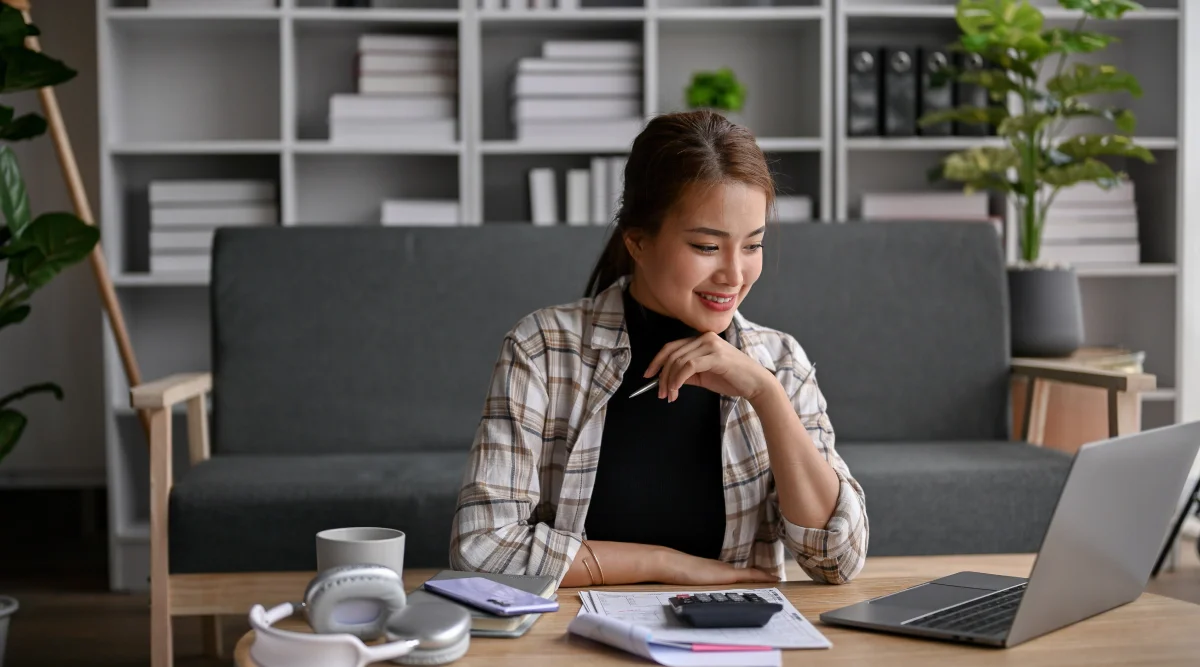If you are planning to record other people—in producing a video, still photography, or voice recording—you need to understand the talent release form. This also applies to recording pets or other animals owned by others. (The term "recording" will be used here to refer to video, photography, or voice recordings.)

Using a talent release form
A talent release form is a simple legal document that is designed to prevent you from getting sued for the unauthorized use of someone's image or voice. A talent release may be part of a more comprehensive contract, or it may be a separate document. It also may be called a film talent release, model release, or actor release.
The term "talent" is a general term that is often used to refer to professional actors and models. It is also used to refer to nonprofessional, unpaid actors, and even pets or other animals used in video or still photography. In a radio advertisement, animated video, or other audio-only production, an actor—professional or nonprofessional, paid or unpaid—may contribute only his or her voice to the project. The individual talent signs the talent release form, with two exceptions: If the talent is a minor, the child's parent or legal guardian will need to sign the release; if the talent is an animal, the animal's owner will sign the release.
If the people in your recording can't be identified, such as in a distant crowd scene, there is no need for a talent release. If your recording is for your personal use only, you also don't need to get a talent release. However, a release should be obtained if there is any chance that the recording will be displayed in public, such as in a photo contest, film festival, or some online format. This is true even if the recording is not used for commercial purposes.
A talent release form should be signed before the start of production. If you plan to sell the recording, or the rights to the recording, any media company interested in buying them will require talent releases. In a video production, talent releases should be obtained from both primary actors and from extras.
Content of a talent release
A standard talent release for an actor should cover use of the actor's:
- Name
- Voice
- Image and likeness. This refers to the actor's physical appearance. The release should include use of the actor's image and likeness in the primary work, as well as in promotional materials.
- Performance. This refers to the actor's manner of interpreting the role portrayed in the production. It may also cover musical performances or choreography.
Not all talent releases will contain both image and likeness and performance: A model release for still photography will only include the model's image and likeness. A voice talent release will not include the talent's image and likeness, unless video or still photography will be used in promotional materials. For example, while an actor may only be lending their voice to an animated film, their photo or a video interview may be part of the agreement to promote the film.
If the talent is a professional actor, model, or celebrity, the release may contain limitations on the use of the recording, rather than providing a broad authorization. For example, if the talent agrees to do a TV advertisement for a particular product, the release will typically limit the use of the recording to that particular advertisement or product.
The talent release may contain additional provisions, such as allowing copyright of the recording, waiving future compensation, allowing the person's image to be digitally altered, or allowing the use of the actor's biographical information in connection with promotions. Details of the release also may vary, depending upon the nature and intended use of the recording.
A standard talent release form is a relatively short and simple document, and yet it's critical to complete such a release for any recording of individuals that you do, so that issues do not arise later when your work is distributed.

